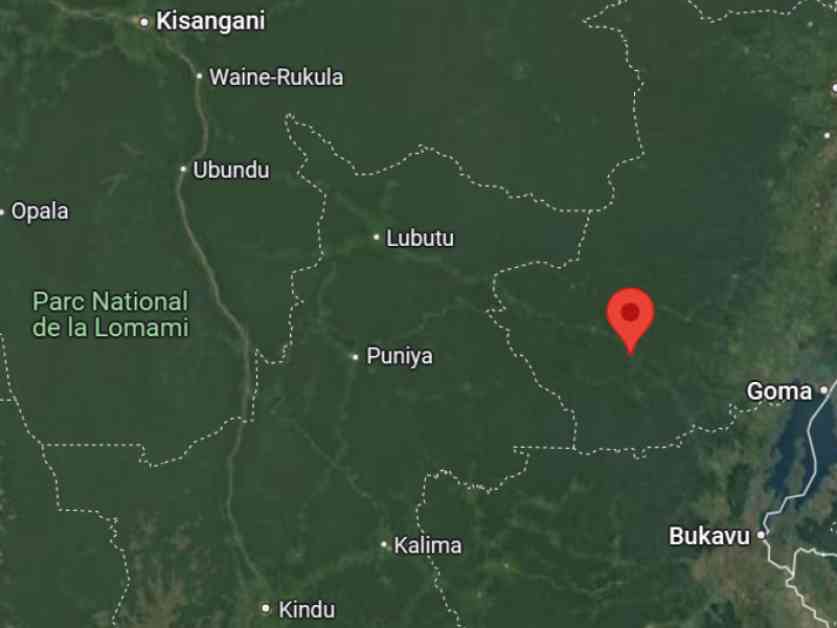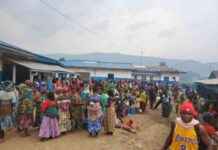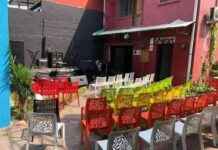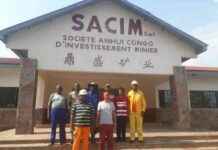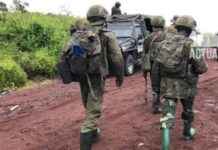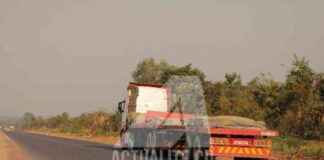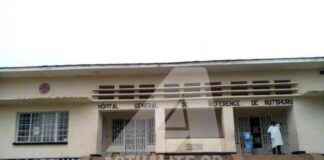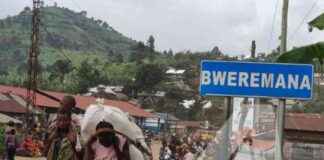M23 Militants Advance Towards Pinga After Seizing Rusamambo
In a recent turn of events, the M23 rebels have resumed offensive actions in the Walikale territory of North Kivu, capturing the town of Rusamambo on Wednesday, February 19th. This development marks a significant escalation in the ongoing conflict in the region, with implications for the local population and neighboring areas.
Witnesses on the ground have reported that the M23 militants employed a strategic maneuver to overtake Rusamambo, engaging with local defense groups known as Wazalendo and elements of the Congolese Armed Forces (FARDC). Fiston Misona, the president of the civil society in Walikale, highlighted the intense nature of the clashes, noting that the Wazalendo are regrouping for a potential counterattack.
Rebels’ Dual Fronts in Walikale
It is crucial to contextualize the recent incursion by the M23 rebels within the broader framework of their operations in the Walikale territory. The rebel group has been active on two distinct fronts in the region, with the first offensive launched in October 2024 from Kalembe in the Masisi territory. This initial push allowed the rebels to penetrate Walikale, capturing multiple villages along the way.
One significant aspect of their advance is the repeated attempts to seize control of the town of Pinga, located approximately 18 kilometers from their current position. Despite their efforts, the rebels have thus far been unsuccessful in capturing Pinga, indicating the complex dynamics at play in the region.
The second front, initiated in December 2024 in the northern part of Walikale, saw coordinated attacks from various locations, culminating in the capture of Buleusa on December 17th. Subsequent actions led to the control of Kanunu, further solidifying the rebels’ presence in the area. However, the front has since stalled, with no significant progress reported in recent weeks.
The Road to Pinga
As observers analyze the rebels’ strategic objectives, there is a growing consensus that the ultimate goal is to reach the town of Pinga. Situated in Walikale, Pinga holds strategic importance due to its critical infrastructure, including healthcare facilities, roads, and an airstrip. The rebels’ recent incursion into Rusamambo is seen as a tactical move to neutralize threats from the Wazalendo in Buleusa and pave the way for further advances towards Pinga.
One security analyst emphasized the significance of Rusamambo as a corridor leading to Pinga, underscoring the rebels’ ambitions to establish control over the town. However, the challenging terrain and lack of viable transportation options pose logistical hurdles for the militants, requiring extensive journeys on foot to reach their intended targets.
A military spokesperson reiterated the importance of Pinga as a strategic military base, emphasizing the commitment of the armed forces to defend the town against any rebel incursions. The complex geopolitical dynamics in Walikale, coupled with the rebels’ persistent advances, underscore the volatile nature of the conflict in the region.
Walikale’s geographical position as a gateway to neighboring provinces adds another layer of complexity to the situation, with potential implications for the broader security landscape in the region. As the M23 militants continue to assert their presence in the area, local communities and authorities are faced with the challenge of mitigating the impact of the conflict on civilian populations and ensuring stability in the region.
Patrick MAKI’s article sheds light on the evolving dynamics of the conflict in North Kivu, highlighting the complexities and challenges faced by various stakeholders in the region. The ongoing clashes between the M23 rebels, local defense groups, and the Congolese Armed Forces underscore the urgent need for sustainable solutions to promote peace and stability in the area.
